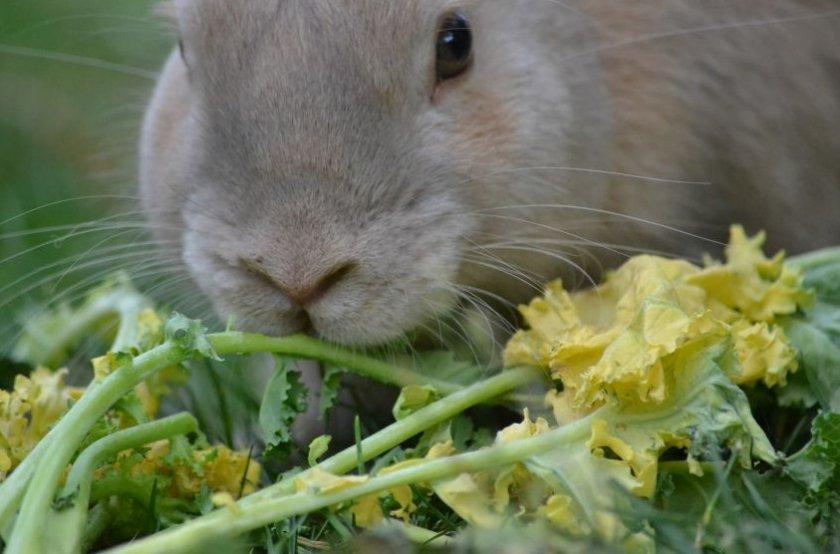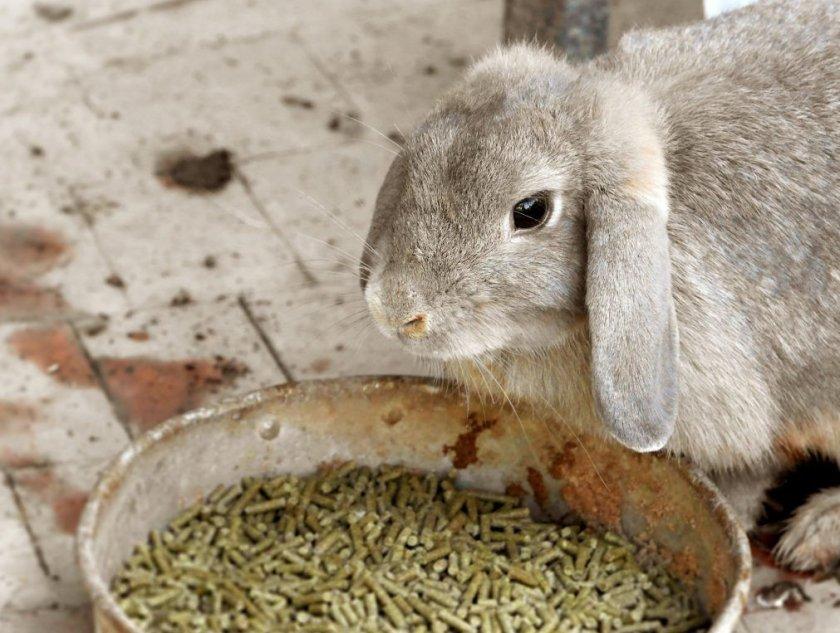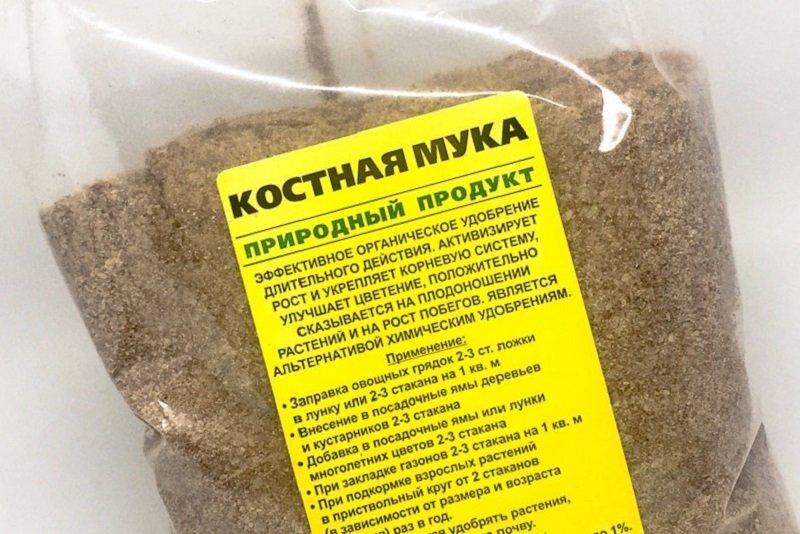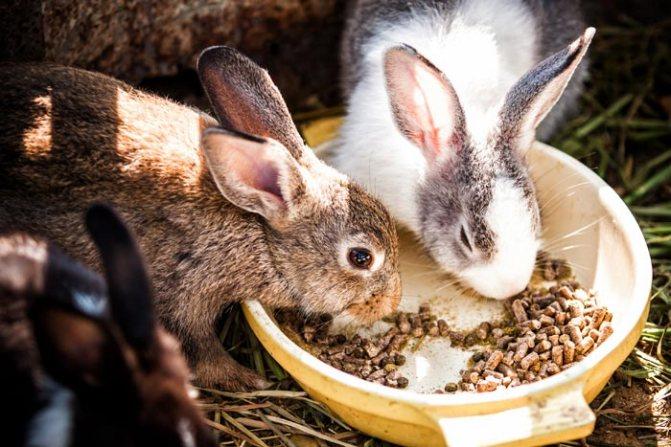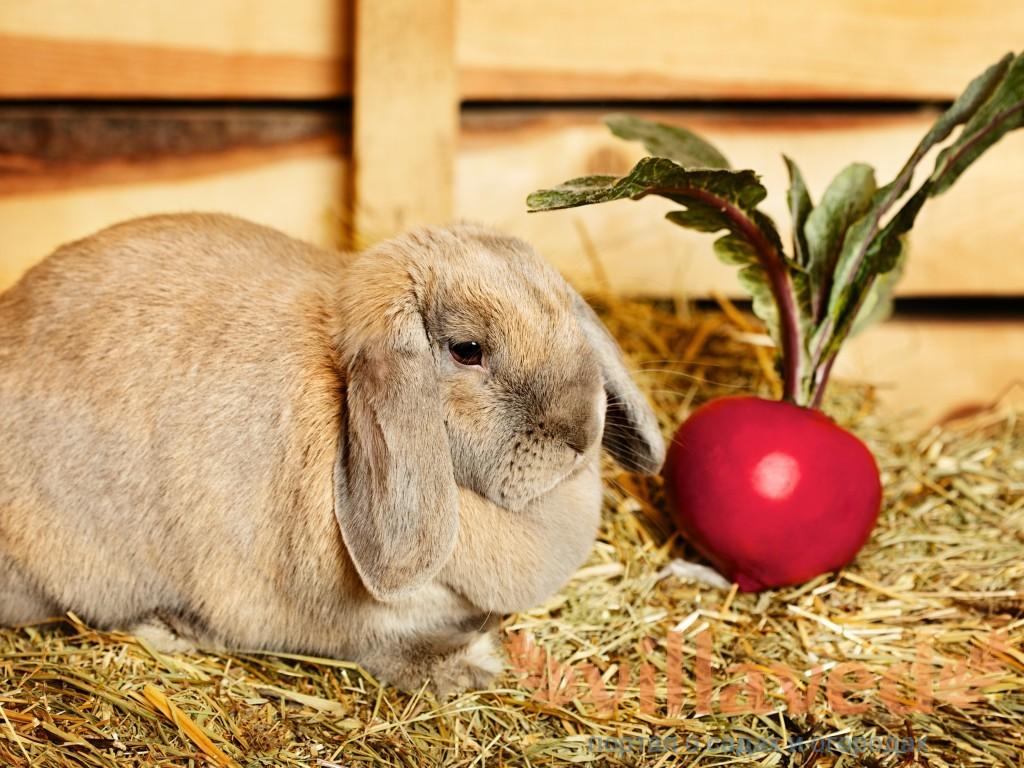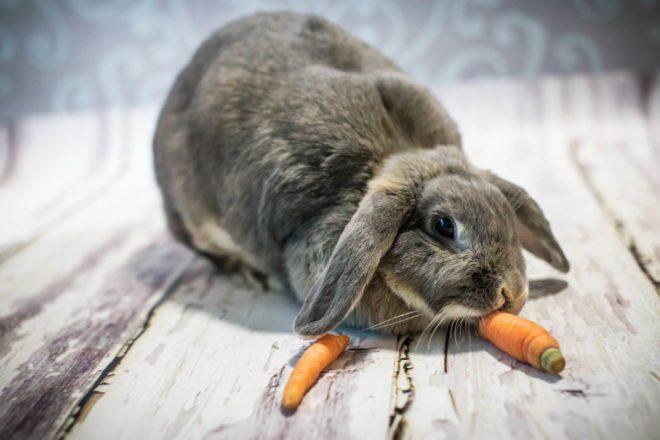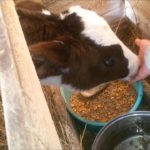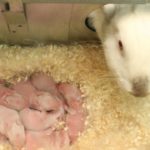A rabbit who has given birth needs increased nutrition, since she needs not only to feed her babies, but also to recover from pregnancy and childbirth. Knowing what to feed a female rabbit after giving birth so that she has enough milk for her babies and resources to renew her own body, the farmer is able to quickly increase the existing livestock and get healthy, strong animals.
What to feed a female rabbit after giving birth
The female rabbit should be fed properly already during the period of bearing offspring. The female does not need to be overfed.
Remember: if the rabbit is overweight, the babies are born weak, and the mother rabbit recovers slowly after giving birth.
The diet of rabbits depends on the time of year. If in spring and summer it is easy to provide them with fresh young herbs and vegetables, then in winter the animals feed mainly on hay and boiled root vegetables.
The diet of a nursing female should include vitamins, mineral supplements (chalk), and table salt. The amount of feed during this period also increases. The daily menu varies slightly depending on the time of year.
Seasonal feed
Any plant food is suitable for a rabbit. The amount of food a mother rabbit needs depends on the number of babies born. In summer, nursing females enjoy eating young root crops; they enjoy forbs, stems of grain crops, and tops from the garden. The feed mixture includes peas, young corn, oats, alfalfa, clover and other meadow grasses.
In winter, animals are fed hay, silage, and boiled vegetables. In the cold season, the feed mixture must contain vitamins, fish oil, bone meal, and bean cakes and legumes are added to it. At any time of the year, mixed feed is included in the diet. This is a source of protein necessary for good lactation.
With poor nutrition and lack of vitamins, the rabbit's face will be wet and the babies' bellies will be flat. In this case, you should review the animal’s diet and consult a veterinarian. It is necessary to provide the mother rabbit with clean water; she should not suffer from thirst.
Concentrates
A lactating female must be given mixed feed.At any time of the year, it is a source of protein, which is essential for a balanced diet for rabbits and babies. Compound feed, especially in winter, can account for up to 80-90% of the feed mixture. It necessarily includes bran and cake; oats are very nutritious for animals.
Vitamins
Fish oil and bone meal are excellent vitamin supplements. You can purchase a ready-made vitamin complex for rabbits. Complexes are selected depending on the age of the rabbits and their breed. Even with proper nutrition, babies need to be given calcium supplements (for example, dolomite flour) every 7 days.
Diet of a nursing rabbit
The amount of food depends on the age of the female and the number of cubs. In the first 10 days after giving birth, the female rabbit consumes 350-370 grams of feed per day. Then consumption increases:
- from 10 to 20 days - 430-450 grams;
- from 21 to 30 days - 530-550 grams;
- from 31 days onwards - up to 700 grams.
Each farmer chooses the number of feedings independently.
in winter
At different times of the year, the composition of the feed mixture for animals changes. In winter, the basis of the diet is hay, to which is added:
- 180-200 grams of boiled potatoes;
- about 70 grams of grain;
- 3-5 grams of fish oil;
- 30-40 grams of bran and cake.
Rabbits should not be given beets, rotten dirty vegetables and fruits, tree branches, or wild herbs. Wormwood, nettle, and alfalfa are used as an additional source of vitamins. Complex vitamin supplements are used, for example “Chiktonik”, “Prodevit”. Animals should be fed at the same time every day.
In summer
If lambing occurs in the summer, the rabbit should be fed fresh greens. It will provide the necessary amount of protein and vitamins.Alfalfa, clover, oats, you can add green peas or corn to this mixture. The grass should be slightly wilted before feeding to prevent the female from becoming bloated. To enhance lactation, the female can be given vegetables:
- zucchini;
- cucumbers;
- cabbage leaves;
- carrot.
In summer, in addition to fresh grass, rabbit food should contain:
- 3-5 grams of feed yeast;
- 5-7 grams of bone meal;
- 2-3 grams of chalk;
- 1.5 grams of table salt;
- 80 grams of feed.
It should be taken into account that after the 20th day of life, the rabbits slowly switch from milk to adult food and try the food in their mother’s feeder.
What to do if your rabbit has little milk
To improve milk production, the female should be provided with a quiet, secluded nest and not disturbed for several hours after giving birth.
For sufficient lactation, you need to monitor the animal's drinking regime. The rabbit should have clean water freely available. To make the female produce more milk, you should add cucumbers, zucchini, and melons to the diet. These vegetables contain a large amount of moisture and improve its production. You can increase milk production by adding rowan berries or sprouted parsley and dill seeds to the feed. As a last resort, the veterinarian will prescribe Oxytocin injections. Often, refusal of food or water occurs due to hormonal imbalance after childbirth. You can normalize hormone levels by placing the female rabbit with a male. If it is not possible to normalize lactation, the rabbits are placed with another female.
Remember: if the female is hungry or lacks water, she may eat the newborn babies.
Babies who receive enough milk are calm, with even fur, plump and well developed. For any farmer, receiving offspring from their own animals is a long-awaited and exciting event.After all, in addition to adding livestock, a person receives new practical knowledge and experience necessary for having a subsidiary farm.

